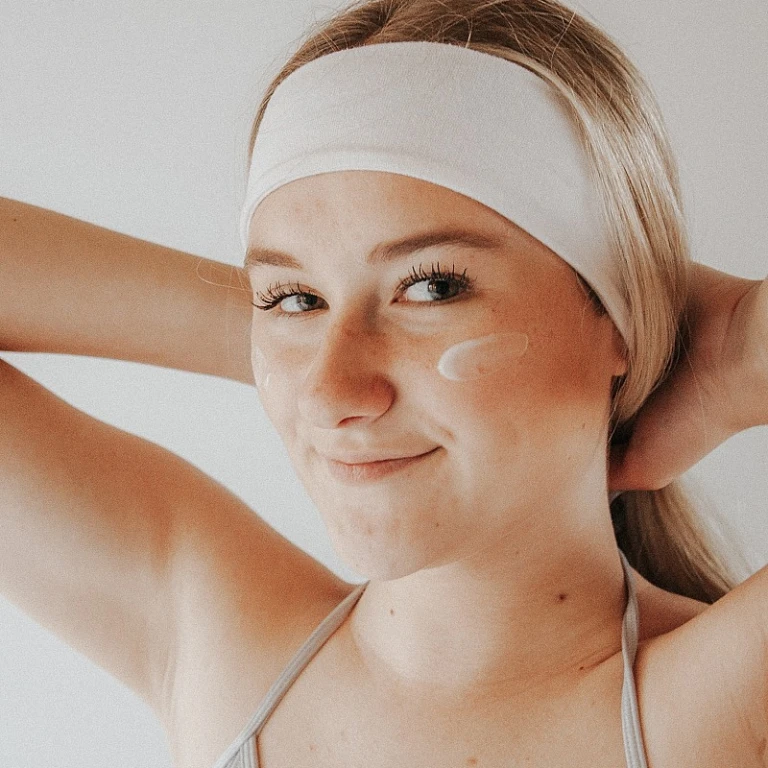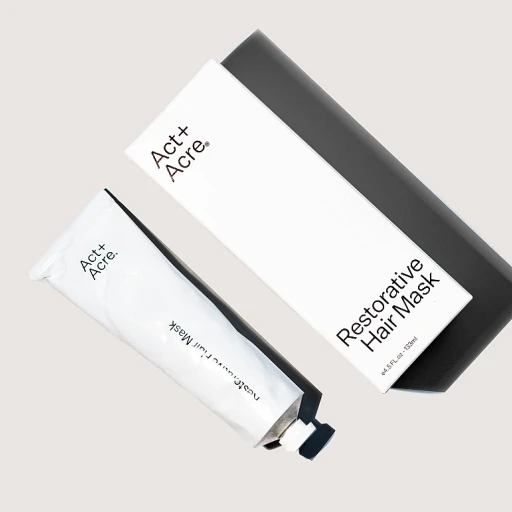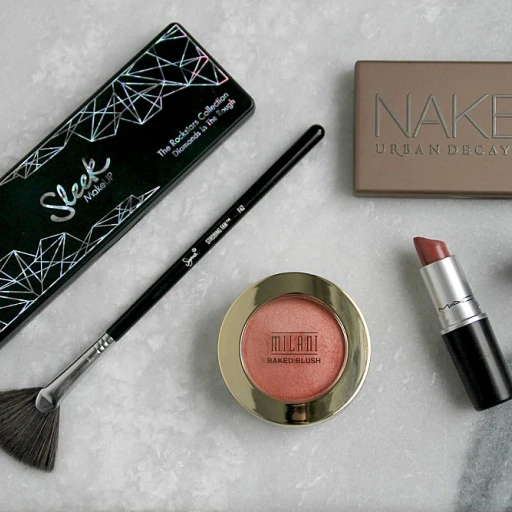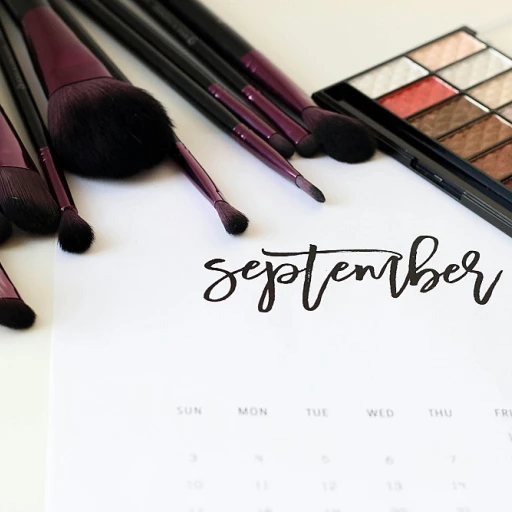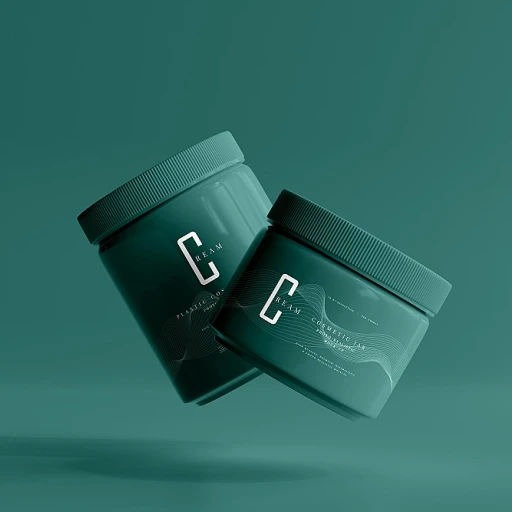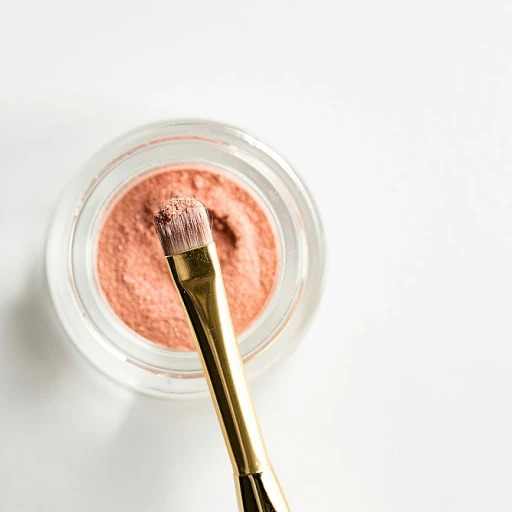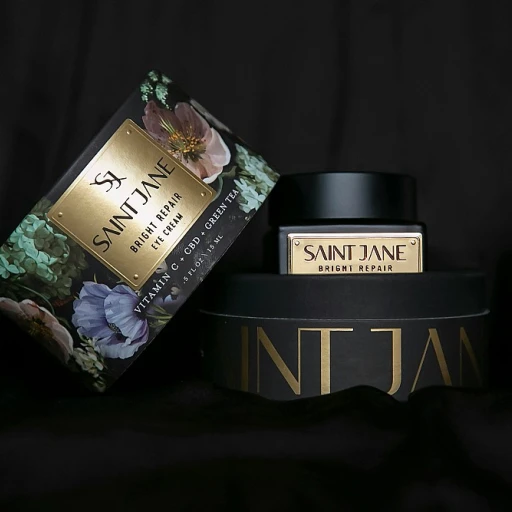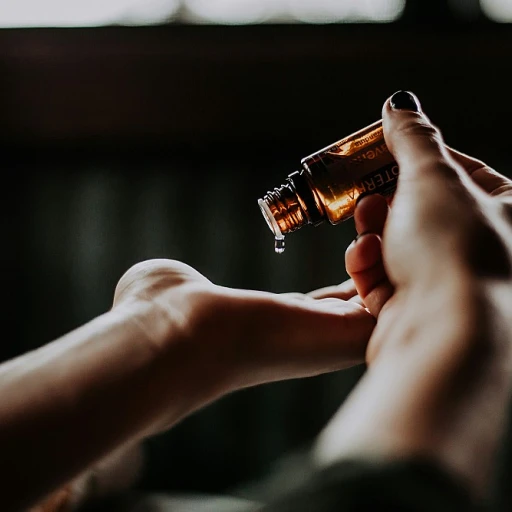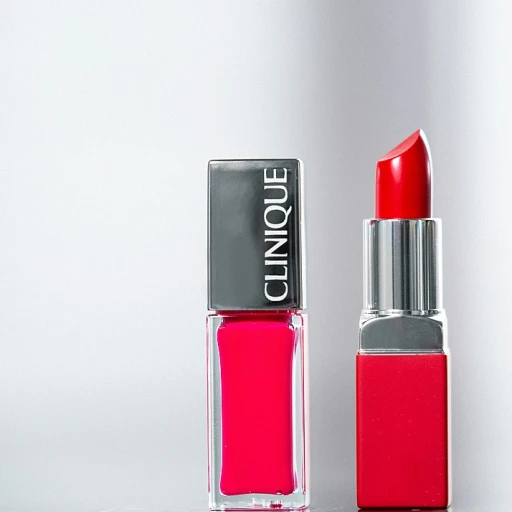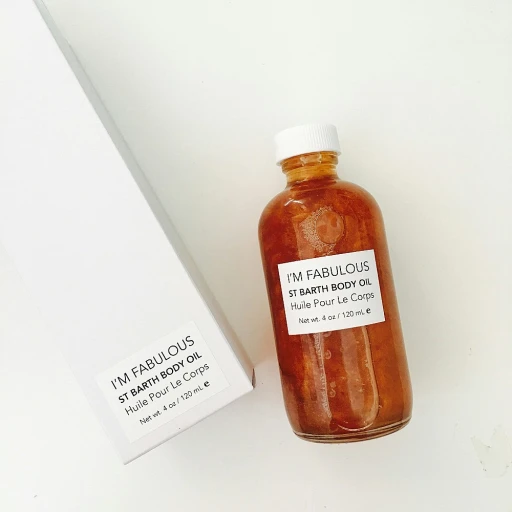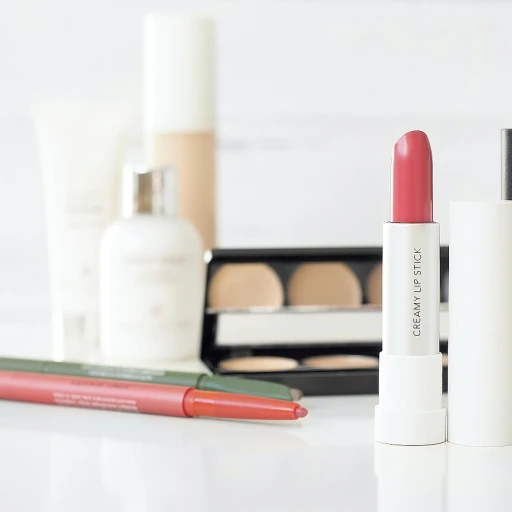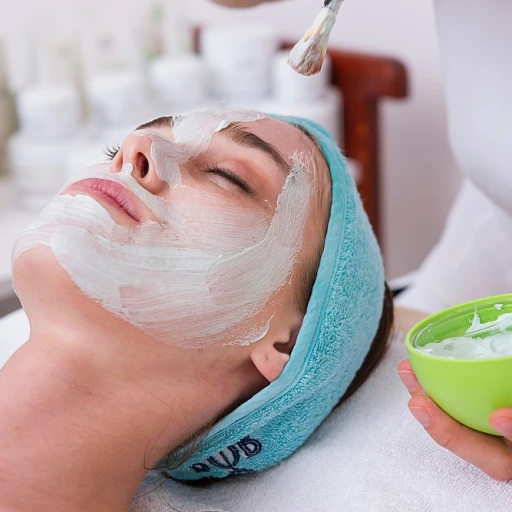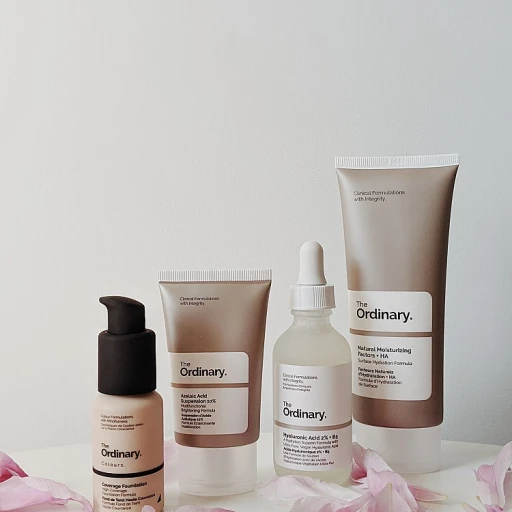
The Art of Perfume Measurement
Decoding Perfume Measurements: An Intricate Art
Understanding the complexities of perfume measurement opens a gateway to appreciating the luxury you adorn daily. The art of perfume measurement goes beyond mere numbers, delving deep into the nuances of how our favorite scents come packaged and presented. For connoisseurs who value specificity, converting ounces to milliliters is an essential skill when evaluating a perfume bottle.
The common 1.7 ounces, often seen as a go-to size, typically translates to approximately 50 milliliters. This conversion is pivotal, not just in understanding the exact amount of fragrance you're purchasing, but also in grasping how it interacts with its packaging and the expectations tied to a perfume's presentation.
Luxury perfumes often come in elaborate glass bottles, each design painstakingly curated to enhance the visual and tactile appeal of the scent. The bottle sizes play a crucial role in the final experience. Larger bottles provide a striking presence, perfect for a dressing table, while smaller bottles cater to those who love to travel. The size also influences the number of pumps and the longevity of your signature scent.
In the realm of luxury fragrances, each element—from the size of the bottle to the fluidity of the ounces-milliliters conversion—has its story, creating a tapestry of opulence that's not to be overlooked. Learn more about luxury perfumes and their enticing allure in this fragrance exploration.
1.7 oz Perfume: What It Means in Milliliters
From Ounces to Milliliters: Navigating Perfume Sizes
When diving into the world of luxury perfumes, understanding the nuances of perfume bottle sizes is crucial. A common size that frequently pops up is the 1.7 oz perfume. But what does this imply for those who prefer both travel convenience and indulgent luxury?
To start, 1.7 oz converts to approximately 50 milliliters. This is a standard measurement, common among eau toilette offerings and other fragrance formats that demand finesse and subtlety. The embrace of a clear glass bottle in this size ensures both the aesthetic appeal and the practical measure of a signature scent.
While a large bottle may seem tempting, opting for smaller bottles can have its benefits, especially when considering the cost and pumps required for daily use. The smaller size facilitates easy storage and packing with travel essentials, without sacrificing style or aromatic quality.
It's worth noting that the 1.7 oz size often strikes a beautiful balance between opulence and practicality. This size allows consumers to try multiple scents without the commitment of larger, heavier glass bottles, often associated with higher price tags.
If you're considering a step into sophisticated perfume sizes, you might want to explore packaging that aligns with your lifestyle. After all, the cosmetic packaging is as much a statement of style as the scent itself.
Why Measurement Matters in Luxury Perfumes
Precision in Perfume Measurements: A Luxurious Consideration
The measurement of perfumes, especially in the realm of luxury cosmetics, plays a crucial role in defining the overall experience. The precision in ounces and milliliters determines not only the quantity of fragrance contained but also speaks volumes about its sophistication and exclusivity. Choosing a 1.7 oz perfume, for example, translates to 50 milliliters, a common size that strikes a balance between indulgence and practicality. Luxury perfumes are a symphony of complex scents housed in exquisitely designed bottles. The packaging, often crafted from elegant clear glass, enhances the allure of the fragrance it holds. It's more than merely a vessel; it’s a statement of artistry and refinement. Larger bottles, while more costly, can offer an extended luxurious experience, embodying the brand's commitment to premium quality. The significance of measurement extends beyond just content quantity—it's about aligning with consumer desires for a tailored experience. For many, the right perfume size can influence the price, portability, and usage frequency of their signature scent. Smaller bottles, with their petite charm, are ideal for travel or trial, ensuring that the scent stays fresh and vibrant. Lastly, the design of the bottle also intricately ties into how the fragrance dispenses. From pumps to dropper bottles, the way a perfume is applied can impact the overall sensory experience. As such, the different sizes of perfume bottles cater to diverse preferences, allowing every connoisseur to find the perfect balance of utility and sophistication. With such meticulous attention to detail, it’s clear why measurement standards in luxury perfumes are much more than just numbers—they reflect an ethos of elegance that translates fluid ounces into memorable olfactory experiences.The Role of Packaging in Luxury Perfumes
The Importance of Impeccable Presentation
In the world of luxury perfumes, packaging is not simply a means to store the fragrance; it is an art form in its own right. The design of a perfume bottle is often as highly regarded as the fragrance it contains. High-end brands invest significant time and resources into creating cosmetic packaging that reflects the essence of the scent within. Perfume bottles come in an array of sizes, from small travel-sized options to larger bottles meant to adorn a dresser. The choice of bottle size can be crucial, especially for those who travel frequently and require a compact, yet elegant solution. Smaller bottles are also practical for eau toilette formulations, as their lighter scents can be more liberally applied. On the other hand, larger bottles are often preferred by those who favor a signature scent as a daily indulgence. Glass bottles are commonly used due to their ability to preserve the quality of the fragrance, ensuring each spray is as delightful as the one before. The quality of the glass itself can significantly affect the price of the perfume, as clear glass and intricate designs can increase the cost significantly. Moreover, the way a perfume is dispensed also factors into its luxurious feel. Perfumes with pumps offer an experience of opulence and precision, while dropper bottles offer a vintage touch that appeals to the connoisseur of classic scents. A well-designed perfume bottle not only serves a functional purpose but becomes a statement piece, worthy of its place among other luxury cosmetics. The balance between aesthetics and practical elements like bottle size and dispensing mechanisms is where the magic truly happens, making each part of the perfume experience an elevated encounter.Choosing the Right Perfume Size for You
Selecting the Ideal Fragrance Volume
When it comes to choosing the right perfume size, the decision can be quite personal. Each individual has unique preferences, whether they favor a small 1.0 oz bottle for its portability and affordability or a larger perfume bottle that promises longevity. Understanding the common equivalents, like ounces to milliliters, helps make an informed choice.
Consider your lifestyle. If you're a frequent traveler, smaller bottles or mini spray versions could be ideal. They're as convenient as they are chic, allowing you to carry your signature scent without the bulk. Larger bottles, however, deliver more fluid ounces of your beloved fragrance, often a more cost-effective option for those who apply their scent daily.
The design of the perfume bottle also plays a crucial role. Clear glass bottles allow you to visually appreciate the fragrance, while pumps or dropper bottles can affect the dispensing experience. Aesthetically pleasing packaging not only enhances your vanity but can also be an expression of your personal style.
Price and cost must also be considered. While larger bottles tend to have a higher initial price tag, they often offer better value per milliliter. However, smaller purchases can be an opportunity to explore different fragrances without committing to a large investment.
Ultimately, the size of your perfume bottle should align with your daily needs and personal preferences, ensuring your fragrance is both a statement and a pleasure.

